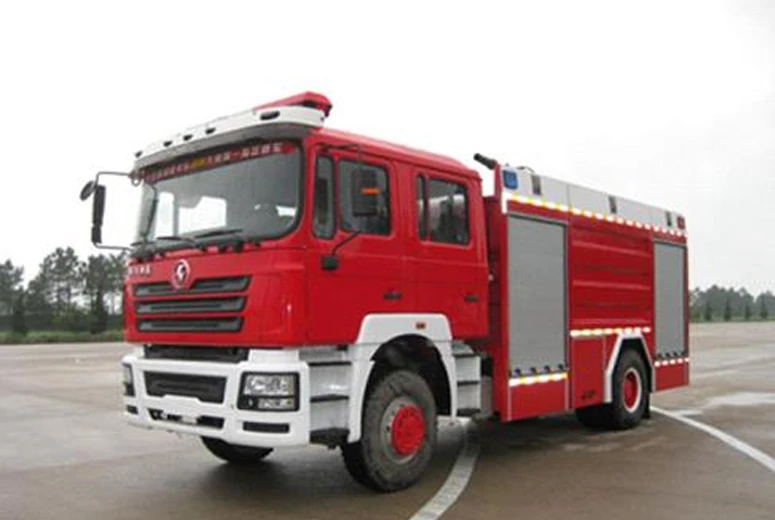Exploring Various Categories of Automotive Chassis and Their Unique Features
Understanding Different Types of Car Chassis
The chassis of a vehicle is its foundational framework, playing a pivotal role in supporting various components like the engine, transmission, and suspension. Understanding the different types of car chassis is essential for automotive enthusiasts, engineers, and anyone looking to purchase a vehicle. In this article, we will explore the main types of car chassis, their characteristics, advantages, and applications.
1. Body-on-Frame Chassis
The body-on-frame chassis is one of the oldest and most traditional designs. This type consists of a separate frame and body, which are bolted together. The frame is typically made of steel or aluminum and acts as a strong skeleton that supports the load of the vehicle.
Advantages - Durability The separate frame can handle rough terrain, making it suitable for trucks and SUVs. - Easier Repairs If the body is damaged, it can be replaced without needing to replace the entire frame. - Towing Capacity This type of chassis often allows for better towing capabilities due to its robust structure.
Applications Body-on-frame chassis are commonly found in larger vehicles such as pick-up trucks, SUVs, and commercial vehicles. Examples include the Ford F-Series and the Chevrolet Silverado.
2. Unibody Chassis
The unibody chassis integrates the body and frame into a single structure. This design is prevalent in most modern cars and is recognized for its lightweight and strong characteristics.
Advantages - Weight Efficiency The unibody structure reduces the weight of the vehicle, leading to improved fuel efficiency. - Better Handling With a lower center of gravity and a more rigid structure, unibody cars often handle better on roads. - Safety In the event of a collision, a unibody design can absorb impact better, providing enhanced safety to passengers.
Applications Most passenger vehicles, including sedans, hatchbacks, and some compact SUVs, feature a unibody chassis. Popular models include the Toyota Corolla and the Honda Civic.
3. Ladder Chassis
The ladder chassis resembles a ladder structure and consists of two long side rails connected by several cross members. This design allows for excellent rigidity and is often used in vehicles requiring high durability.
different types of car chassis

Advantages - Strength Its rigid structure provides a sturdy base for heavy loads
. - Adaptability It can be modified easily to suit various types of vehicles, from sports cars to utility vehicles.Applications Ladder chassis are frequently utilized in off-road and performance vehicles. The Jeep Wrangler and various race cars exemplify this chassis type.
4. Space Frame Chassis
The space frame chassis is a sophisticated design that uses a network of tubes to create a rigid structure without a solid frame. This chassis type is lightweight but exceptionally strong, distributing stresses throughout the structure.
Advantages - Weight Reduction The design allows for a lighter vehicle while maintaining structural integrity. - Structural Freedom Flexible design options enable the creation of unconventional vehicle shapes and sizes.
Applications Space frame chassis are often seen in sports cars and high-performance vehicles, such as the Lotus Elise and various racing cars.
5. Monocoque Chassis
Monocoque chassis structure integrates the body's outer skin and internal framework into a single unit, similar to unibody but often with more emphasis on aerodynamics and structure.
Advantages - Lightweight Design By combining the frame and body, monocoque chassis achieve significant weight savings. - Enhanced Aerodynamics This design allows for better streamlining, improving overall vehicle performance.
Applications Monocoque chassis are widely used in luxury sedans and supercars. Notable examples include the McLaren P1 and various models from brands like Audi and BMW.
Conclusion
Understanding the different types of car chassis is crucial for anyone interested in the automotive field. Each type has its unique benefits and applications, catering to various vehicle designs and purposes. As automotive technology evolves, we may see further innovations in chassis design, reflecting the growing emphasis on safety, performance, and efficiency. Whether for a rugged off-roader or a sleek sports car, the chassis remains a fundamental aspect of vehicle engineering that significantly impacts driving experience and capabilities.
-
2BFY Traction Series Grain Fertilizer Seeder-Chenyang Group|Precision Farming,Agricultural MachineryNewsJul.30,2025
-
2BFY Traction Series Grain Fertilizer Seeder-Chenyang Group|Precision Farming SolutionsNewsJul.30,2025
-
2BFY Traction Series Grain Fertilizer Seeder-Chenyang Group:Integrated Seeding&FertilizingNewsJul.30,2025
-
2BFY Traction Series Grain Fertilizer Seeder - Chenyang Group|Integrated Seeding,FertilizingNewsJul.30,2025
-
2BFY Traction Series Grain Fertilizer Seeder-Chenyang Group|Integrated Seeding&FertilizingNewsJul.30,2025
-
Grain Fertilizer Seeder-Chenyang Group|Precision&EfficiencyNewsJul.30,2025
Popular products

























